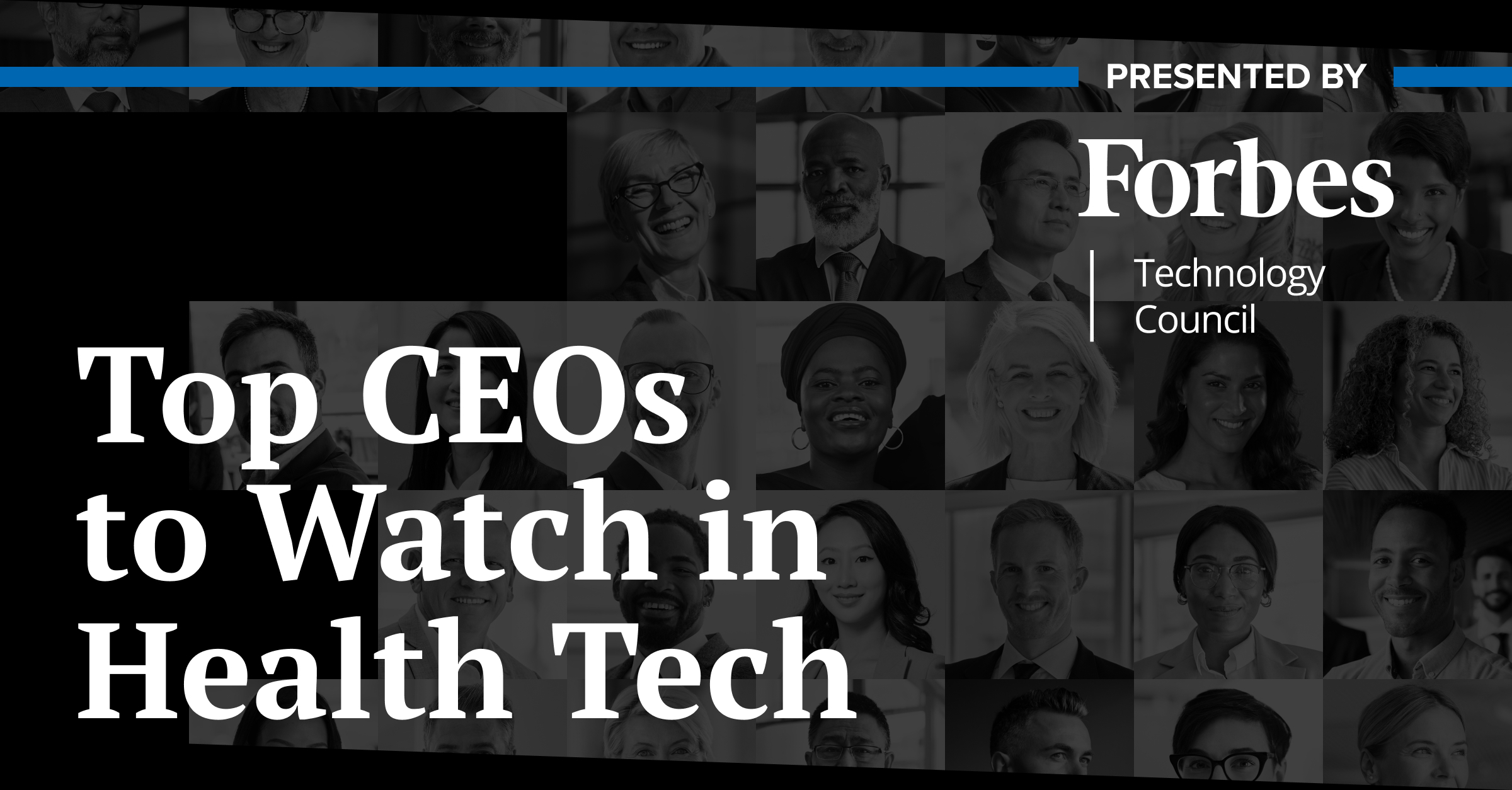The experiences, skills, and characteristics you bring to your DEI leadership are very much transferable to most other DEI roles at other organizations, but nearly every industry has its own unique challenges that may require special traits and abilities in the DEI decision-makers they entrust progress to.
Senior Executive DEI reporters are speaking with DEI leaders across industries every day to understand the intricacies of these roles in different operating environments. If you’re considering a jump to a DEI position in healthcare, consider these five factors that will shape your experience there.
1. It’s difficult to recruit a medical team that reflects the community it’s treating.
The “Diversity improves performance and outcomes” study, published in the Journal of the National Medical Association in 2019, proved what healthcare providers know: patients fare better, and innovation, communication, and financial performance improve when a hospital system has a diverse medical team. One solution, to hire more diverse medical workers, is easier said than done for two reasons.
Unlike other industries, DEI leaders are facing a medical worker shortage. The World Economic Forum predicts 10 million healthcare workers worldwide will quit their jobs by 2030, primarily in low- and middle-income countries. Second, employee turnover is high. The 2022 NSI National Healthcare Retention & RN Staffing Report found that the average hospital turnover rate in the U.S. in 2021 was 25.9%, a 6.4% increase from 2020, and hospitals turned over 100.5% of their staff in the last five years.
“When you have a nursing shortage, physician shortage, respiratory tech shortage — when you’re dealing with just an overall healthcare shortage — then you’re also going to have a diversity healthcare shortage, which was already an issue. That’s why you have equity issues,” says Deb Grimes, the chief diversity officer at Ochsner Health.
According to a report from Human Resources for Health, Louisiana is projected to rank third nationally for a shortage of physicians by 2030. In 2022, the state ranked last nationwide in health outcomes, per America’s Health Rankings Annual Report.
“When you’re dealing with just an overall healthcare shortage — then you’re also going to have a diversity healthcare shortage.“
To create a stronger, more diverse physician pipeline that will in part address health equity in Louisiana, Ochsner Health, the largest healthcare system in the state, partnered with Xavier University of Louisiana, one of the top Historically Black Colleges and Universities, to establish a joint College of Medicine in January 2023. This will create a funnel that moves talented medical students from learning from the healthcare system to working for it. [For more insights on recruiting from HBCUs, read this story outlining the four pillars of a recruitment strategy.]
Ochsner Health and Xavier University will form a nonprofit and create a new curriculum that incorporates facilities, personnel, and administrative processes from both institutions. Each institution will also appoint an equal number of representatives to the College of Medicine’s board of directors.
To further integrate diversity into employee demographics at Dartmouth Health, Dr. Teresa Malcolm, the health system’s vice president of diversity, equity, inclusion, and belonging and a member of the Senior Executive DEI Think Tank, says the DEIB team works in tandem with the health system’s talent acquisition team to attract, hire, and retain diverse candidates.
Dartmouth Health diversifies its hiring pool by listing opportunities on job boards for underrepresented in medicine (URiM) students, but Dr. Malcolm says “postings only scratch the surface.” They also cultivate relationships with organizations that serve URiM students and attend conferences where they can interact and engage with prospective medical employees.
When the healthcare system identified biases in its hiring process, including gender bias, affinity bias, and the halo effect, Dr. Malcolm’s team mitigated them by introducing blind application screenings. This meant the candidate’s name, gender, geographic location, and schools attended were not included on their application.
Finally, Dr. Malcolm says employee resource groups (ERGs) are instrumental in retaining employees. “Our ERGs have created a positive and safe space for friendship and support, personal and professional development, and allyship,” Dr. Malcolm says. “Retention of a diverse workforce is achieved when people feel respected, included, valued and protected.” Dartmouth Health also plans to launch a mentorship program in the upcoming year.
2. The pursuit of health equity requires DEI leaders at healthcare organizations to work with community groups.
Shiva Bidar-Sielaff, the associate dean for diversity and equity transformation for the UW School of Medicine and Public Health and vice president for diversity, equity, and inclusion at UW Health, the University of Wisconsin-Madison’s health system that serves more than 700,000 patients each year, shares that approximately 20% of patients’ health is dependent on clinical care while 80% of it is determined outside of it. Differences in income, education, and environment, for example, are reasons for health inequity outside of the hospital.
To improve health in members of its local community, partly by dismantling racism, UW Health donates $3.9 million to more than 250 organizations “led by people who are serving their own communities and who understand best what the needs of those communities are.” A few such partners include the Autism Society of South Central Wisconsin, Centro Hispano of Dane County, Martin Luther King, Jr. Coalition, and Rainbow Project.
Bidar-Sielaff emphasizes these partnerships aren’t just monetary investments but are about affecting change in the community’s inner workings. According to its website, UW Health’s criteria for donations to and sponsorships of organizations include employees or community members must have the option to volunteer, the organization must work with similar organizations as it “strives to minimize duplication of services,” and support must make a “strategic difference” to the organization and UW Health.
Michelle Wimes, the chief equity and inclusion officer at Children’s Mercy Kansas City, reiterates the importance of partnering with community organizations to address the community’s needs. In March 2018, the hospital worked with the Hunger Free Hospital Council to address food insecurity issues by creating a community garden at Children’s Mercy, which it continues to maintain. Every summer, while students are on break, the hospital also partners with the United States Department of Agriculture Summer Food Service Program to provide free lunches for children up to 18 years old. These are just two of several partnerships Children’s Mercy has with community organizations.
3. DEI leaders in healthcare advocate for changes to law.
Few industries find their executives called to testify as subject matter experts in public policy debates as often as healthcare workers. Part of addressing health inequities on behalf of your patient population means advocating at the local, state, and federal levels for policy issues that drive health equity. The advocacy work can be as simple as going on record to support community health worker funding or as complicated as appealing for changes to Medicare and Medicaid.
As the chief diversity officer, Bidar-Sielaff works with UW Health’s director of community relations, director of government affairs, and vice president of population health on advocacy efforts. One example of this is supporting the American College of Obstetricians and Gynecologists in its efforts to extend Medicaid coverage for new mothers from 60 days, as it currently stands, to a year. The extended care would include extra mental health care for new mothers, considering suicide attempts during pregnancy and after childbirth, which nearly tripled from 2006 to 2017, according to a National Institute of Health study.
Bidar-Sielaff adds that UW Health is also advocating for stricter legislation around the marketing and selling of flavored tobacco, which disproportionately affects Black and Latino communities, according to a Society for Adolescent Health and Medicine study
4. Your workforce must speak hundreds of languages, and as a DEI leader, you’ll need to be aware of the gaps.
Medical jargon is already a language of its own, but DEI leaders in healthcare must have a plan for communicating with patients who may speak one of the 350 languages in America, per the U.S. Census Bureau. At Children’s Mercy Kansas City, 115 languages are spoken, and at Dartmouth Health, 126 languages were spoken by their patient population. Meanwhile, Shannon Bradley, the chief diversity and inclusion officer at Keck Medicine of USC, shares their patients speak more than 224 languages.
Research shows that language-concordant care leads to better health outcomes. According to a study published by the Journal of General Internal Medicine, of 33 studies, 76% of them found that at least one of the outcomes assessed (quality of care, satisfaction with care and communication, medical understanding, and mental health) was better for patients receiving language-concordant care.
If your healthcare system doesn’t have the staff to speak an array of languages, patients’ lives may depend on your ability as DEI leader to enable access to translators. Sam Verkhovsky, Dartmouth Health’s director of interpreter services, shares that the healthcare system provides interpreter services in more than 150 languages telephonically and 40 languages by video through its current vendor. It also provides in-person interpreters for more than 60 languages.
5. Health systems are particularly complex entities — with potentially dozens of campuses and offices across a region, along with hundreds of clinical-care silos — that require patience and consensus-building to achieve DEI progress.
For example, Dr. Malcolm and her team heard direct feedback from employees who wanted to use a preferred name in place of their legal names on their badges in 2022. “We’ve heard from employees saying… ‘I feel like I’m having to hide part of myself and not really be who I am because of a policy that says I have to be referred to in all platforms by my legal name, which is not how I introduce myself and not how I engage with people on a day-to-day basis.’”
But enabling employees to select their preferred names for their badges required Dr. Malcolm and her team to consult with the legal team (there are reasons, after all, for the former policy requiring legal names on badges); with security (they issue the badges and will need to develop for the first time a process by which employees can request new badges with their preferred names); with HR; and with procurement. Dr. Malcolm shares that employees are “positive and appreciative“ of the update, which took months to develop and is set to launch in late March or early April.






